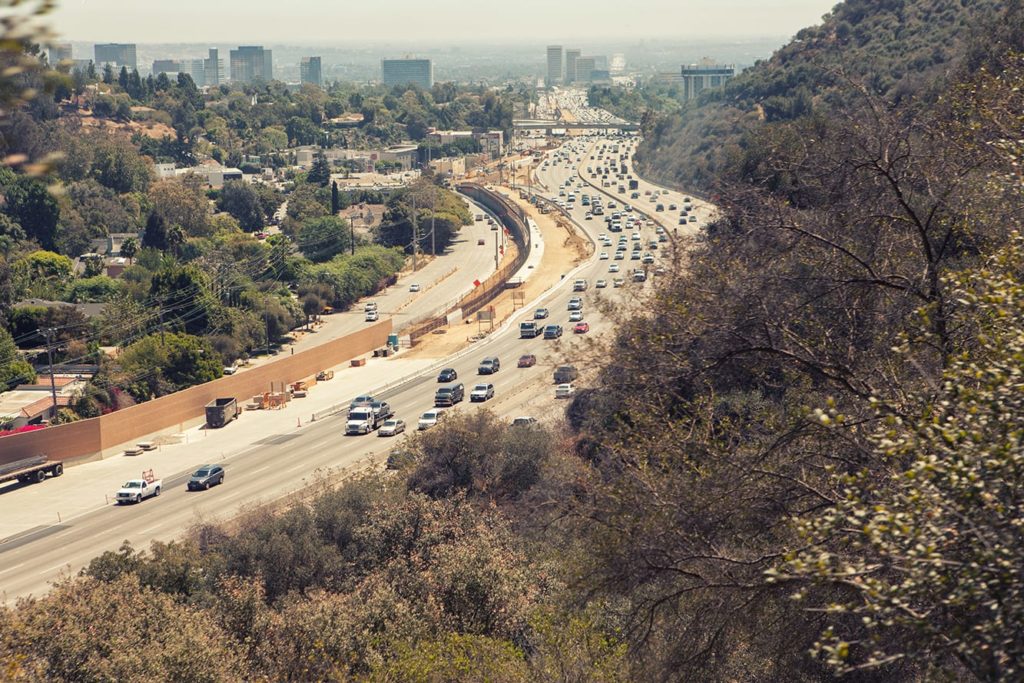The urban heat island effect can be a real problem for major cities in warmer climates. According to the U.S. Environmental Protection Agency, the annual mean air temperature of a city with 1 million people or more can be 1.8–5.4°F (1–3°C) warmer than its surroundings, and in the evenings, the difference can be as high as 22°F (12°C). The result: reduced water quality, more air pollution, higher incidence of heat-related illnesses and deaths, and greater consumption of energy for air conditioning with concomitant increased greenhouse gas emissions.
Los Angeles is using coatings to tackle the problem, according to a story in The Washington Post (https://www.washingtonpost.com/news/innovations/wp/2017/08/18/why-l-a-is-coating-its-streets-with- -that-hides-planes-from-spy-satellites/?utm_term=.23420cdd8d03).
The material urban heat island effect occurs because heat is trapped in cities due to the presence of congested buildings, concrete and dark roofs and dark asphalt streets that absorb solar energy. It is worse in cities with little plant life—trees, bushes, etc.—to mitigate the effect. Los Angeles, not surprisingly, has experienced significantly rising temperatures due to the urban heat island effect because it is surrounded by desert and covered with acres of asphalt. By 2037, the city’s Mayor, Eric Cargetti, wants to reduce the average temperature of Los Angeles by three degrees, and he has cool coatings in his arsenal.
He hopes that by painting roadways, parking lots, airport runways, and other paved areas with CoolSeal, a grey coating specifically designed to reflect solar rays, the air temperature in these areas will be reduced, leading to fewer heat-related deaths and a reduced need for air conditioning. CoolSeal was initially developed by California-based, asphalt coating manufacturer GuardTop in conjunction with the defense industry, which was seeking a cool pavement solution for military spy planes, according to the company’s vice president of sales Jeff Luzar.
The city has tested the coating in a few ways. In 2015, a parking lot in the hottest part of the city was painted with CoolSeal. According to Greg Spotts, the assistant director of the Bureau of Street Services, the area covered with the coating was on average 10 degrees cooler than the black asphalt in the same parking lot. The city has also applied the coating to designated streets in 14 of the city’s 15 council districts and is monitoring the effects through fall 2017. Pets have also been found to walk on coated pavement that they avoid when it is uncoated.
According to Spotts, approximately 10% of Los Angeles is asphalt—about 69,000 city blocks. He believes that coating just one-third of that asphalt could have help to reduce the average city temperature. Currently, the city is evaluating the cost of applying the coating on a large scale. It costs approximately $40,000 per mile and lasts seven years.
